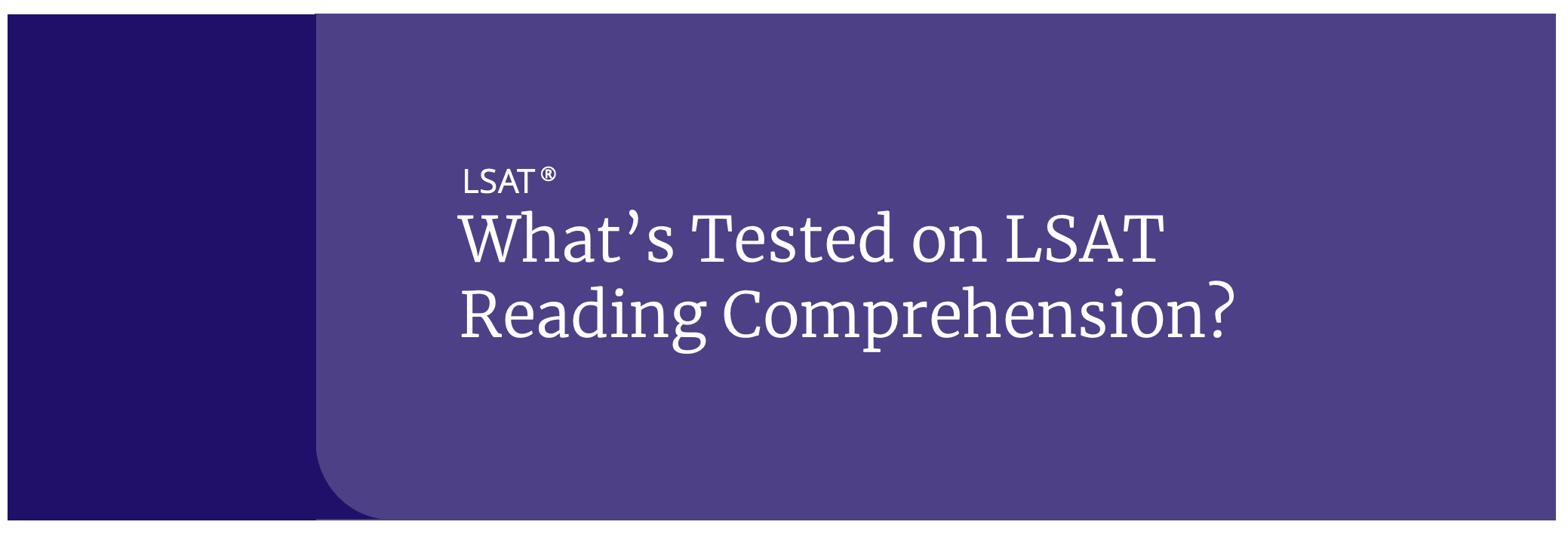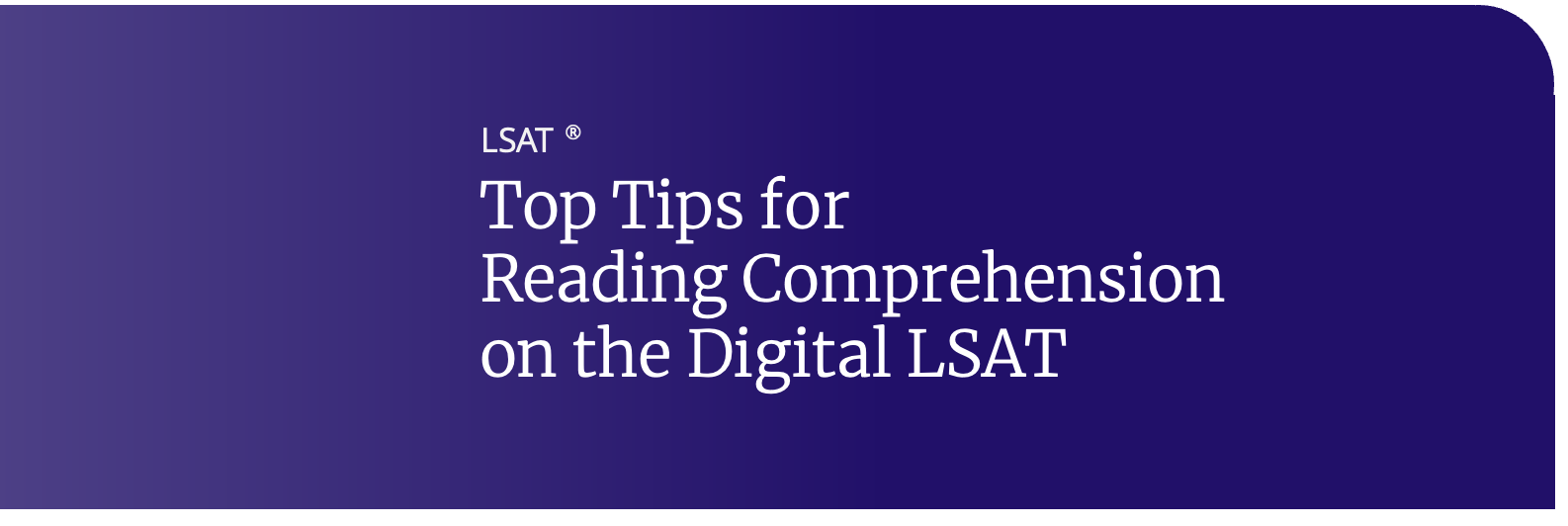LSAT Reading Comprehension: Tips, Strategies & Wrong Answers
The reading comprehension section on the LSAT can be one of the toughest areas in which to improve, because so much of it depends on the reading speed and retention you bring to the table. But a significant part of your success or failure on the section also depends on the methods that you use to approach it. One major feature of the reading comp section is that it is, in contrast to reading comp on some other graduate-level admissions tests, paper-based. That gives you a distinct advantage: you can write on the passage as you read through, making notes and marks to help improve your understanding and the usefulness of the passage as a reference when you get to the questions.
Take Notes
Nearly every test preparation company or guru will tell you to take written notes on the passage as you read, and nearly every student will ignore that advice, because it’s time-consuming and time is already a major issue on the test. Don’t be one of those students; start practicing your note-taking now, and by test day it will be a help, not a hindrance. Once you become skilled at taking notes on a passage, you’ll find that it actually improves your speed, because it allows you to synthesize the information that you’re reading into a format that will be helpful as you answer the questions.
Your notes should address the passage’s main idea or thesis, as well as the author’s tone and approach, and a paragraph-by-paragraph outline of the structure. This outline can and should be brief, but it’s important to take a few seconds to jot down your summary at the end of each paragraph. This is your map to the passage, and when you go looking for specific details or big ideas, your outline is going to guide you.
Make Significant Marks
Read to understand the passage’s gist and structure; once you have a broad idea of what the author is saying, and how the passage is organized, you can refer to it for all of the little details you’ll need to know. Most passages will have one or two sentences that summarize the main idea. You should look for those, and underline them. And although questions sometimes have line references to help you locate significant details, sometimes those questions will refer to some minor point without giving you a reference. For that reason, take time to put a star or some other mark in the margin of the passage near significant people, places, dates, and other potentially important bits of information. This will save you time; instead of scanning the entire passage for a name, you only have to glance at the few sections with stars in the margins to see which one contains the relevant detail.
Questions or Passage First?
Finally, one of the questions asked most often by students: should you read the questions before reading the passage? Honestly, There’s not a universal right or wrong method here; try it both ways and see what works for you. Reading the questions first can help guide your reading of the passage, but it can also be distracting. See which way has the best effect on your timing and understanding, and then incorporate that method into your studying.
Wrong Answer Types
As you practice for the LSAT, you’ll notice that wrong answer choices on the LSAT Reading Comprehension follows predictable patterns. For example, we know correct choices on the LSAT will be within the scope of the passage, fit the tone of the passage, and accurately reflect the information found in the passage. Incorrect choices, therefore, can usually be categorized as either (1) out of scope, (2) extreme, or (3) a distortion. Learning how to recognize and eliminate distortions will save you valuable time on your LSAT Test Day and will lead you to better scores.
Distortions on the LSAT are typically obviously a “twist” of the information presented in the passage, or they are “half-right,” meaning they contain one clause or phrase that is accurate, but also include a phrase or clause that is false.
Here’s how to deal with the answer choices on the LSAT. First, read the passage thoroughly and the question itself. Write down a prediction if possible, so you have an idea of what the correct answer choice should be. Once you’re ready to address the answer choices read through all of them quickly, and first eliminate choices that are “out of scope” – these should be the most blatantly “wrong.” Then eliminate choices with extreme language that does not reflect the author’s tone. These are also relatively easy to spot. You should be down to 2-3 choices as this point.
- Put the answer choices in your own words. Simplify each choice by “dumbing it down” into your own words.
- Consider the differences in scope. What does Choice A offer that Choice B doesn’t? What do they each FOCUS on?
- Look at the diction. What words are used to construct each answer choice – any “keywords” that stand out to you? Look at qualifiers like “could,” “would,” “may be,” etc. They can often give you valuable clues!
- Consider the specificity of the question. It could be possible that you have it down to two answer choices, and it just so happens that neither is a distortion! How can this be true? If they are BOTH accurate statements regarding the passage, but only one choice answers the specific question at hand. In this instance, the wrong choice will be the “right choice/wrong question.”
With time and practice, reading comprehension doesn’t have to be a drag on your score; start early, work diligently on your note-taking and review, and reap the benefits of your efforts on test day!
Previous: Reading Comprehension: Function and Organization
Next: LSAT Score Predictor



